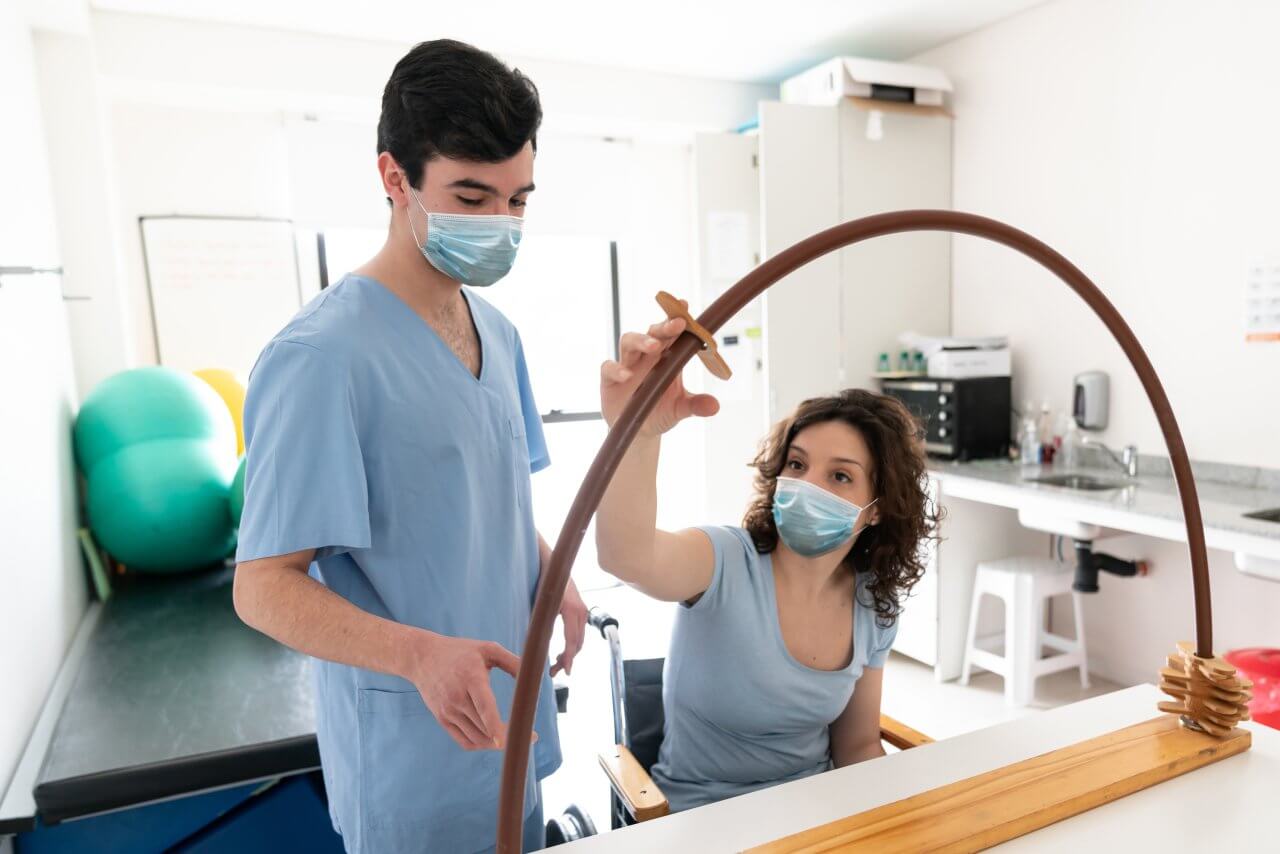Occupational Therapy vs. Physical Therapy: What’s the Difference?

Occupational therapy (OT) and physical therapy (PT) are two different rehabilitation services that also have some similarities. Knowing the difference between occupational therapy and physical therapy can help you understand what you need and what your doctor will prescribe.
We describe occupational therapy and physical therapy below.
What Are the Differences Between OT and PT?
Occupational therapists help people perform the activities of daily life — at home and work — more easily. Occupational therapy addresses problems with both fine and gross motor skills, meaning things like small movements of the fingers to actions and activities that use the larger muscles of the arms, legs, and torso.
An occupational therapist might, for example, help someone who’s recovering from a stroke relearn tasks like feeding and dressing. They might also work with a patient who has some form of cognitive impairment to develop easy-to-follow routines for daily tasks so they can be more independent.
Physical therapists focus on improving how patients move their bodies more generally. This can be done to help patients recover from injuries or surgeries and also to prevent future injuries.
For instance, a physical therapist might help someone who has had knee surgery regain full range of motion in the knee.
So, when it comes to occupational therapy vs. physical therapy, if the goal is for a patient to be able to perform specific tasks more effectively, they’ll likely receive OT services. If the goal is to help someone recover from an injury or surgery faster and more completely, that might best be accomplished through PT services.
If you require rehabilitation services, your doctor will consider physical vs. occupational therapy and refer you to the appropriate type of therapist based on your condition and needs.
What Are the Similarities Between OT and PT?
Occupational therapy and physical therapy are alike in many ways, including that they both involve:
- High-level goals of improved functioning. Whether a patient works with an occupational therapist or physical therapist, the objective is to help them complete activities — from daily living to sports — more effectively.
- Hands-on treatment. Both OTs and PTs work closely with their patients, helping them understand and perform the movements that are needed to achieve the desired goals.
- Tailored treatment plans and progress monitoring. OTs and PTs both assess their patients and develop treatments customized to their goals and capabilities. They then chart each patient’s progress toward those goals.
- Many of the same conditions. Someone who has suffered a severe injury to their arm, for example, might work with a physical therapist immediately following surgery to regain as much range of motion as possible. Then, if the patient will have long-term impairment from the injury, they might work with an occupational therapist to find the most effective ways to perform daily living tasks.
- Similar therapeutic activities. Both occupational therapy and physical therapy may involve stretching to improve flexibility and range of motion, for instance, even if those improvements are focused on different end goals.
Learn About Our Occupational Medicine and Therapy Services
If you need occupational therapy, Baptist Health offers world-class occupational medicine and therapy services. Learn what we can do to help you overcome the challenges you face and reach your full potential.
Next Steps and Useful Resources:
What is an Occupational Medicine Clinic?
What is an Occupational Therapist?
8 Benefits of Physical Therapy: Is It Right for Me?
Find a Physical Therapy Provider


